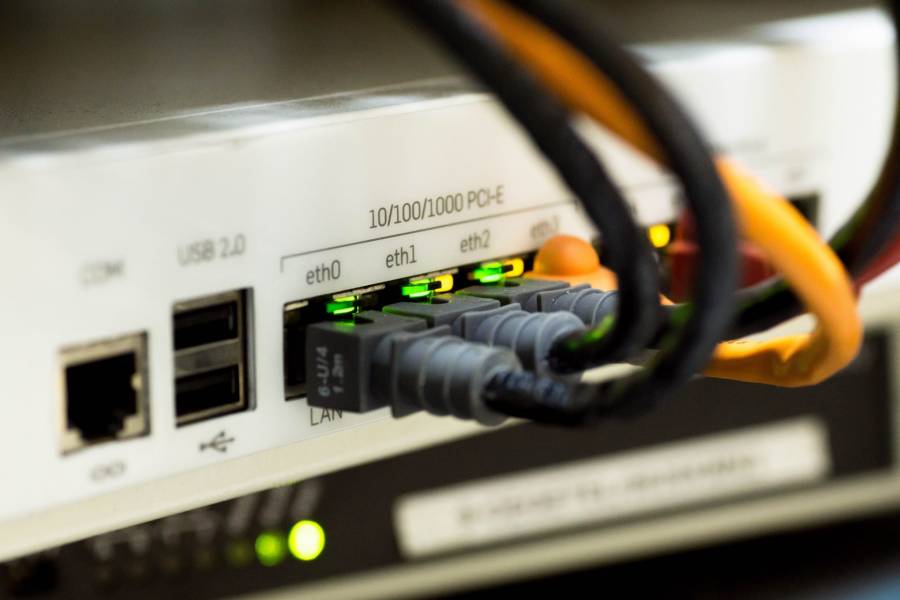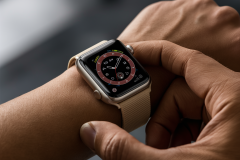The IoT has evolved from an idea in the early 2000s to daily reality. However, it is a major challenge to provide 100% secure IoT gadgets.
Wearables, smart speakers, smart thermostats, and smart lighting, among other things, have replaced PCs and smartphones in our daily lives. On one side, these IoT gadgets provide convenience and functionality. On the other hand, having secure IoT Gadgets has become a major issue. Unfortunately, many of these internet-connected IoT devices and sensors aren’t as secure as our regular computers.
In 2021, there will be more than 10 billion linked IoT devices on the planet. By 2030, the population is expected to have risen to more than 8 billion.
In other words, IoT is now everywhere. However, these IoT Gadgets are all at risk from cyberattacks.
Consider that for a moment.
Is your smartwatch protected by antivirus software? Is your smart security camera protected against malware? This is why many hackers are now focusing their efforts on these vulnerable IoT devices. In addition, if just one IoT device in your network is vulnerable, it can compromise the entire network. This, therefore, can expose your data.
As a result, providing secure IoT is becoming a major concern for every company or individual considering implementing an IoT project. To avoid any cybersecurity dangers and protect your data, it’s critical to think about how to secure IoT devices and networks.
We’ll go over some things you need to know about IoT security.
What Is IoT Security?
IoT security is a branch of cybersecurity or information technology security that focuses on securing IoT devices, sensors, and networks.
As we all know, the term “Internet of Things” is a pretty broad concept. How should we define “things” in the context of the Internet of Things?
We may classify all internet-connected devices and appliances as “things” just to make sure we’re all on the same page. Therefore, your smart thermostat, Apple Watch, game consoles, security camera, and even your cellphones are all included in the list of things.
As you can see, IoT security is a fairly vast field with that description. In reality, IoT security can refer to both the protection techniques and the tools that are used to secure IoT devices and the network as a whole.
In addition, it’s worth emphasizing that now there is a greater attack surface. Therefore, the more networked devices in an IoT network, the more vulnerable the network becomes. Furthermore, IoT security is quite a large field.
Therefore, implementing it on an IoT project may require a range of strategies. This may depend on the size and complexity of the IoT deployment.
The Importance of Secure IoT
It’s true that cybersecurity is unquestionably crucial in all types of organizations and systems that link to the internet. However, secure IoT presents a unique case.
IoT has a large number of potential attack surfaces. However, it also has other security concerns that are unique to IoT. The three key IoT security concerns that necessitate a comprehensive IoT security plan are as follows:
1. IoT offers a large assault surface with intricate interconnections.
IoT brings many different software and hardware solutions together. Therefore, IoT installations offer a significantly broader attack surface than any other technology.
Additionally, the more ways these devices and software may communicate with one another, the more opportunities cybercriminals have to expose these relationships.
This poses a unique security conundrum in IoT. On the one hand, we want the IoT network to be as versatile and accessible as possible for our users. We want additional devices, sensors, and connectivity possibilities.
Then again, on the other hand, these possibilities provide fraudsters with new opportunities to attack the IoT network.
Therefore, all potential attack surfaces and entry points must be considered when it comes to making secure IoT networks. Even a little flaw on a single device, for example, can compromise the entire network.
2. Resist purchasing IoT devices with insufficient resources.
The fact that many devices and sensors lack the capacity to provide complete security is the second major difficulty in IoT security.
Many small IoT devices, for example, lack the CPU power or storage capacity to support robust antivirus and firewall solutions.
Furthermore, many of these IoT devices are meant to be as small as possible, and security is often a secondary consideration.
Therefore, in many circumstances, we must rely on unconventional methods to protect the device. This can be more difficult or expensive to install.
3. In many industries, there’s a lack of security knowledge.
It’s no secret that IoT technologies are in use across a wide range of sectors.
Healthcare, for example, is one of the most rapidly adopting industries in terms of IoT. In reality, many healthcare facilities increasingly rely extensively on IoT devices and software to deliver their services.
However, this reliance on IoT technology has the potential to magnify the impact of a successful cybersecurity attack.
A cybersecurity breach in a German hospital, for example, resulted in a patient’s death. This was due in part to the reliance on IoT to deliver service.
Not only that, but many firms across many industries were unwilling to commit the necessary funds to ensure the IoT network’s security.
By preventing these risks, we can ensure a fully secure IoT system.










